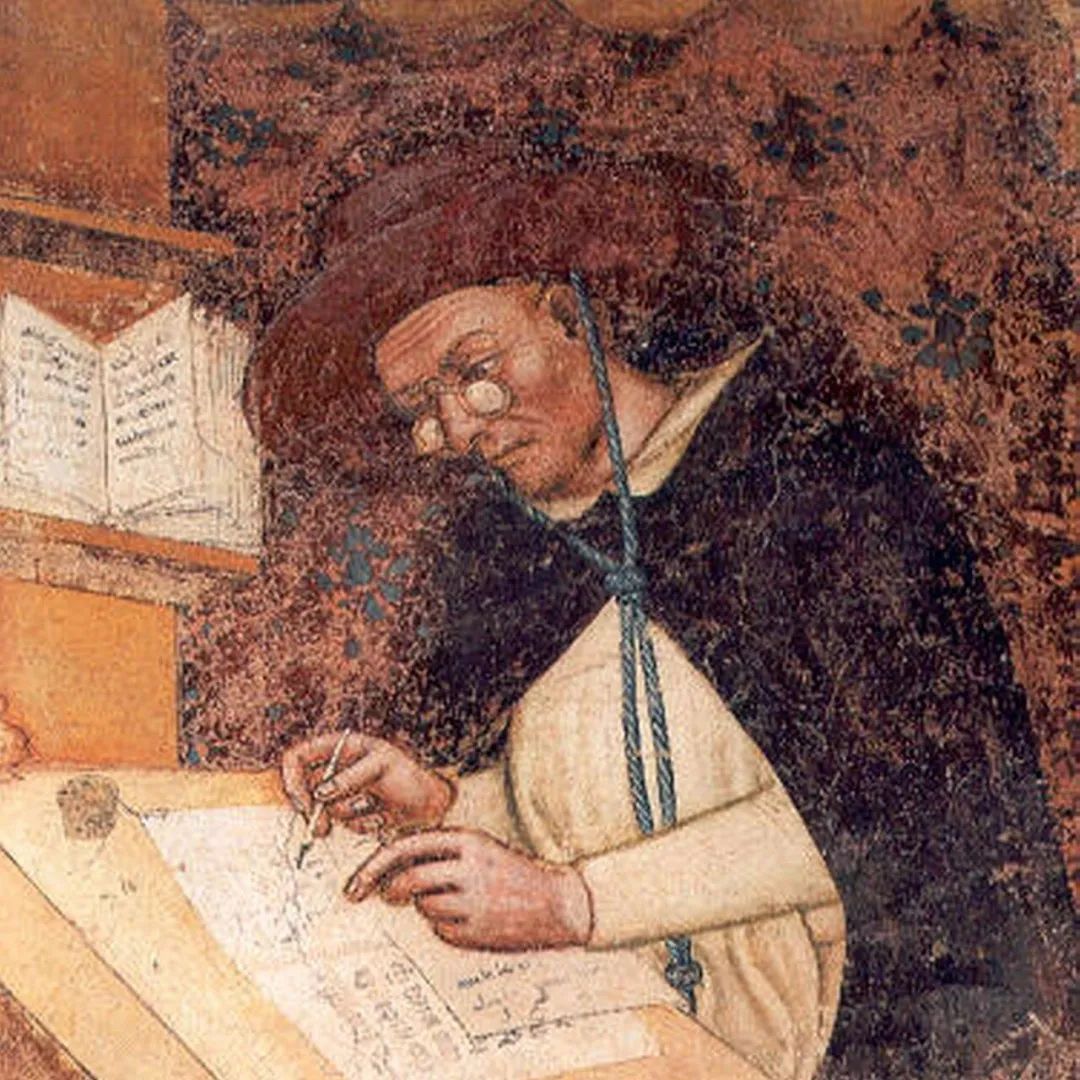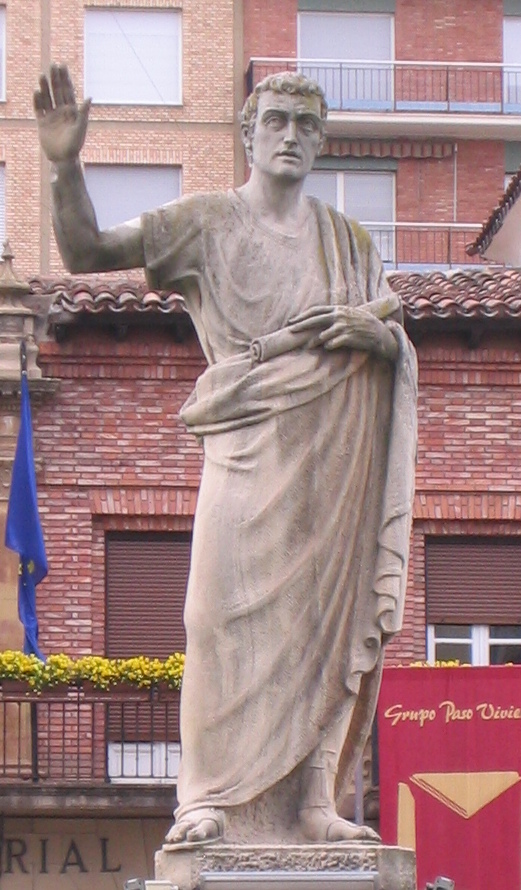In recent decades, a medieval Persian word has come to prominence in English and other major world languages. Many of use it on a daily basis, often while regarding the concept to which it refers as essentially mysterious. The word is algorithm, whose roots go back to the ninth century in modern-day Greater Iran. There lived a polymath by the name of Muhammad ibn Musa al-Khwarizmi, whom we now remember for his achievements in geography, astronomy, and mathematics. In that last field, he was the first to define the principles of “reducing” and “balancing” equations, a subject all of us came to know in school as algebra (a name itself descended from the Arabic al-jabr, or “completion”).
Today, a good few of us have come to resent algorithms even more than algebra. This is perhaps because algorithms are most popularly associated with the deep, unseen workings of the internet, a system with ever increasing influence over the things we do, the information we receive, and even the people with whom we associate.
Provided sufficient data about us and the lives we lead, so we’re given to understand, these algorithms can make better decisions for us than we can make for ourselves. But what exactly are they? You can get one answer from “Why Algorithms Are Called Algorithms,” the BBC Ideas video at the top of the post.
For Western civilization, al-Khwarizmi’s most important book was Concerning the Hindu Art of Reckoning, which was translated into Latin three centuries after its composition. Al-Khwarizmi’s Latinized name “Algoritmi” gave rise to the word algorismus, which at first referred to the decimal number system and much later came to mean “a set of step-by-step rules for solving a problem.” It was Enigma codebreaker Alan Turing who “worked out how, in theory, a machine could follow algorithmic instructions and solve complex mathematics. This was the birth of the computer age.” Now, much further into the computer age, algorithms “are helping us to get from A to B, driving internet searches, making recommendations of things for us to buy, watch, or share.”
The algorithm giveth, but the algorithm also taketh away — or so it sometimes feels as we make our way deeper into the twenty-first century. In the other BBC Ideas video just above, Jon Stroud makes an investigation into both the nature and the current uses of this mathematical concept. The essential job of an algorithm, as the experts explain to him, is that of processing data, these days often in large quantities and of various kinds, and increasingly with the aid of sophisticated machine-learning processes. In making or influencing choices humans would once have handled themselves, algorithms do present a risk of “de-skilling” as we come to rely on their services. We all occasionally feel gratitude for the blessings those services send our way, just as we all occasionally blame them for our dissatisfactions — making the algorithm, in other words, into a thoroughly modern deity.
Related content:
Algorithms for Big Data: A Free Course from Harvard
Advanced Algorithms: A Free Course from Harvard University
The Problem with Facebook: “It’s Keeping Things From You”
The Complex Geometry of Islamic Art & Design: A Short Introduction
Based in Seoul, Colin Marshall writes and broadcasts on cities, language, and culture. His projects include the Substack newsletter Books on Cities, the book The Stateless City: a Walk through 21st-Century Los Angeles and the video series The City in Cinema. Follow him on Twitter at @colinmarshall or on Facebook.



